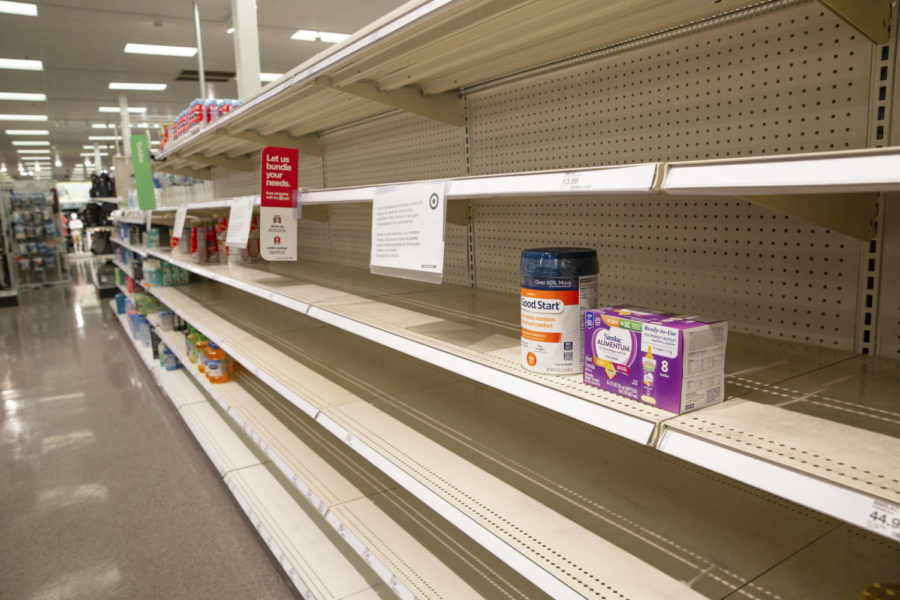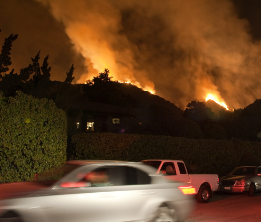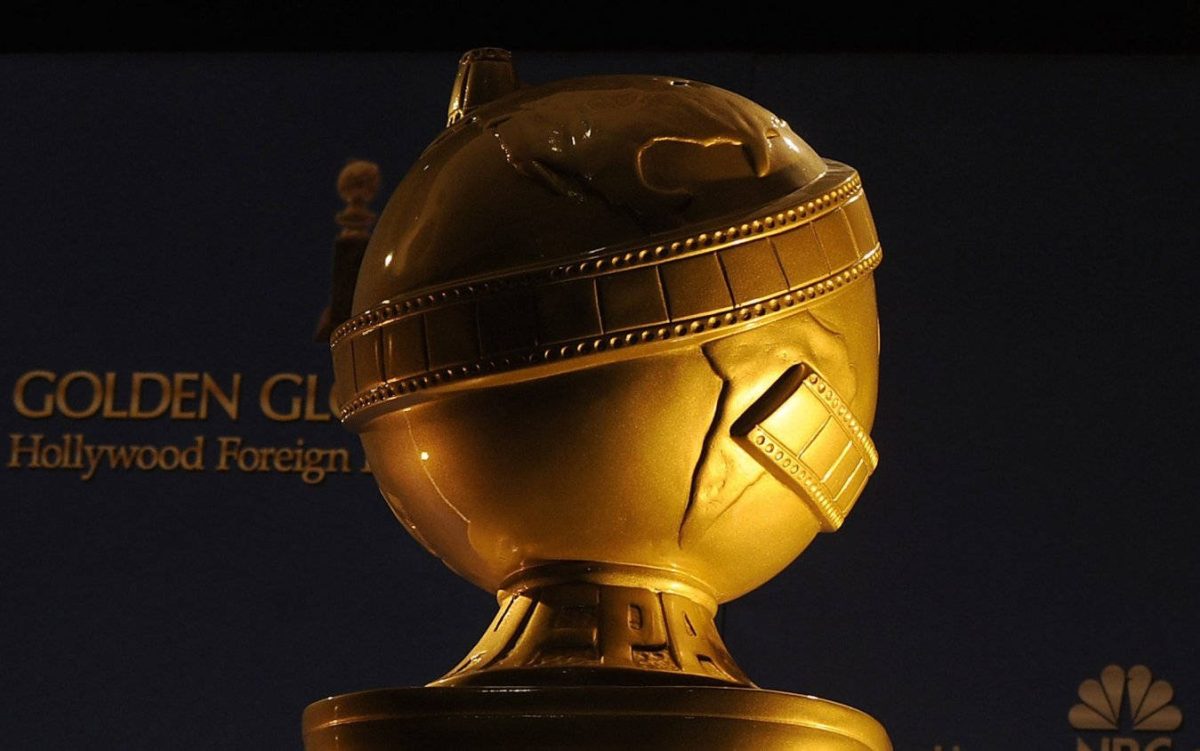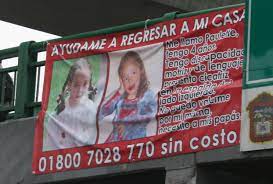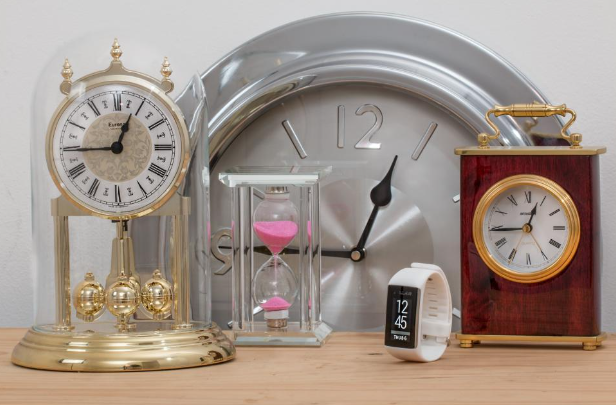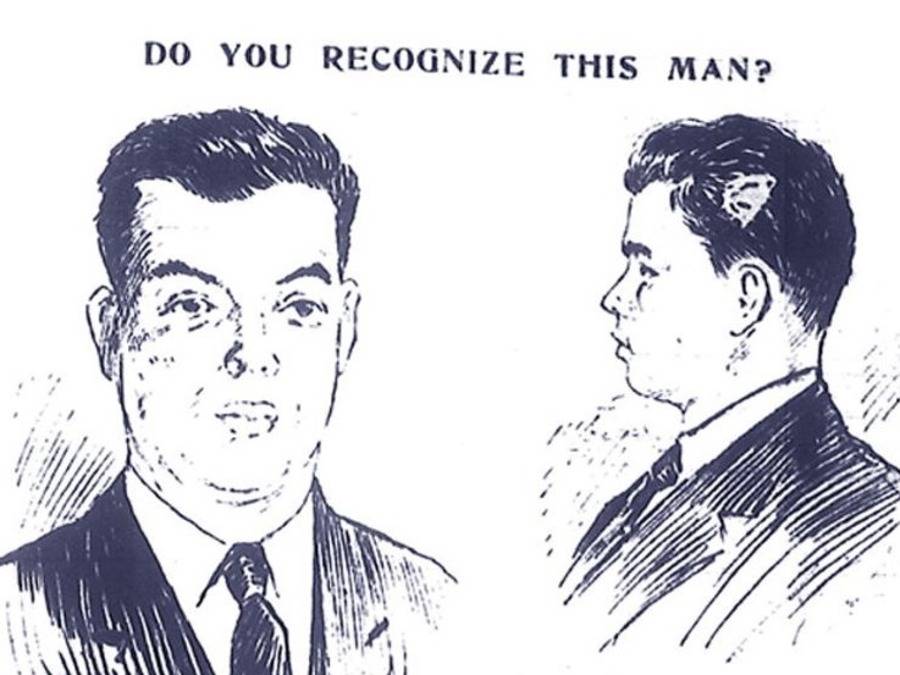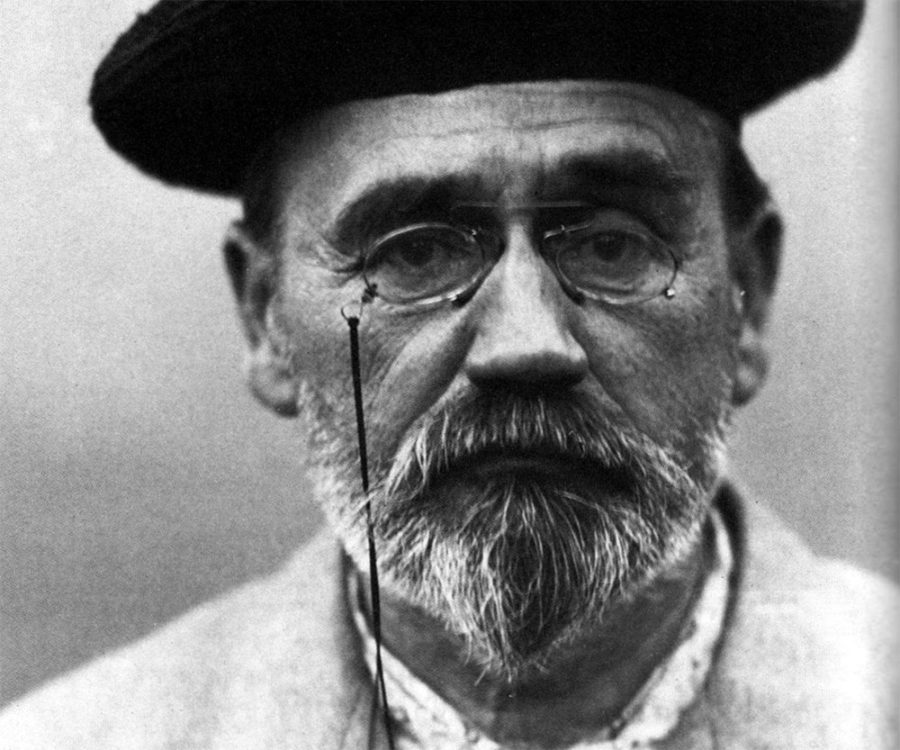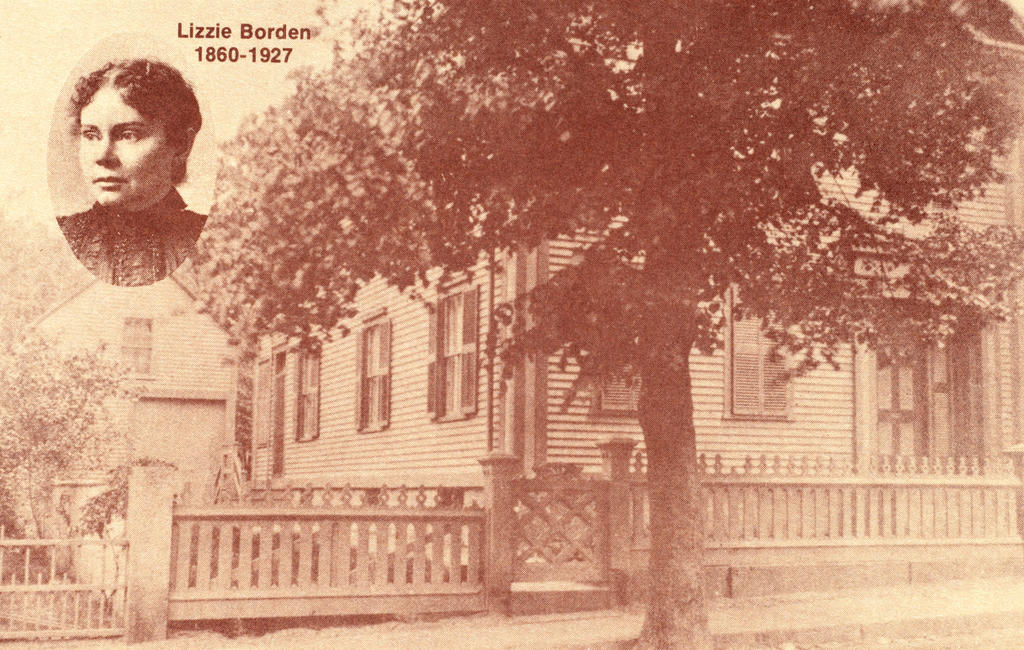Change Edition – Tone Changes in Harry Potter

Image via Polygon
March 2, 2022
The following article contains spoilers for major events in the Harry Potter series. If you’ve been living under a rock and haven’t read the books or watched the movies, be warned.
We all know and love the seven-book series about a boy who goes to a magic school and strikes down Voldemort, the vile man who killed his parents and later tried to kill him and his friends, making close friends and fierce enemies along the way. You may notice that the tone is not the same in all of the parts of the story. Most people believe that the most violent tone shift occurred in the third installment, Harry Potter and the Prisoner of Azkaban, but I disagree.
In the first book, Harry Potter and the Philosopher’s/Sorcerer’s Stone, the tone is light-hearted overall, but that’s not to say that it’s entirely sunshine and rainbows. Harry has to deal with growing up in a horribly abusive household because his parents were murdered when he was a baby. His Defense Against the Dark Arts teacher, Professor Quirrell, turns out to be a servant of Voldemort who’s attempting to return his murderous master to power. Nevertheless, most of The Philosopher’s/Sorcerer’s Stone is about Harry befriending Ron Weasley and Hermoine Granger while going through school.
In Harry Potter and the Chamber of Secrets, the second volume, things quickly get darker. A monster is unleashed, one who aims to kill every student who is not of “pure” heritage. Ginny, Ron Weasley’s sister, is possessed and brought into the Chamber to die. Fortunately, Harry and his friends are able to save everyone, and we’re not yet at the point where the story is willing to kill off the main characters, except for Moaning Myrtle, who is a ghost that died when the chamber was opened for the first time a long time ago. Therefore, she had already died before Harry was even born. The second volume is also the first time Harry has a close encounter with Voldemort’s past.
How could Harry Potter and the Prisoner of Azkaban top that? Well, the story starts with the supposed mass murderer Sirius Black escaping from wizard jail. He is believed to be a great supporter of Voldemort who is out to get Harry, which turns out to be false, but is still too frightening of a story for the majority of young children. Since nobody dies, the movie gets a PG rating, unlike the fourth edition.
If you’ve read or watched Harry Potter and the Goblet of Fire, you know all about the Triwizard Tournament. This is where the first on-screen death occurs. Harry is involved in some violent scenes that make the audience feel terrified for his and his friends’ lives. I believe that this is the point at which there is the strongest tone shift because until now, we didn’t have any reason to think the characters were in any real danger. We know it’s a kids’ book/movie, and nothing too dark will happen. However, we in the audience get attached to kind Cedric Diggory (or at least you do if you have a heart), and so does Harry. We see the consequences of this even in later installments. The books show what Harry thinks, and the guilt he feels thinking Cedric’s death is his fault. GoF also sets up the wizarding world being against Harry, with Rita Skeeter planting lies into the wizarding world that don’t go away even when she’s forced to resign. Unfortunately, the movies glossed over this, so if you want the full experience, I would recommend also reading the books.
The tone gets darker still, until eventually in Harry Potter and the Deathly Hallows half of the supporting cast dies and Harry does too – sort of. The world is out to get him, and there are only a select few people that he can trust. The tone slowly changed as the series progressed, and the target audience shifted from children to teenagers and then to young adults.



